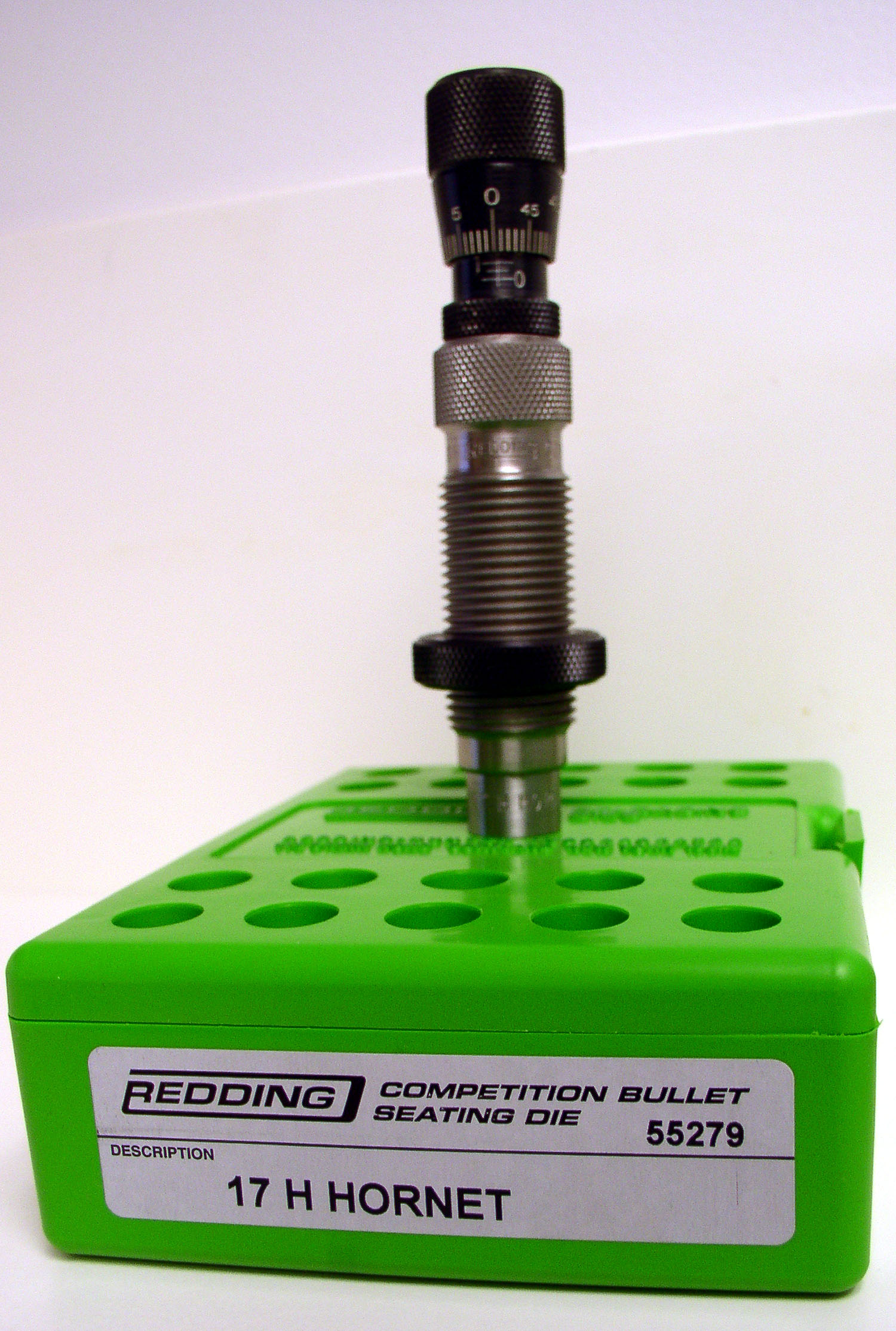As gear like engines and relays need high present, microcontrollers cannot drive them. To be able to drive them, we require unique present motorists. Motor relay board comes to the photo as a result of these demands. Engine relay board drives engines and relays by providing enough present. It could drive one relay and four DC engines or one stepper motor at a time. The engine relay board eases the job of interfacing motor that is external AC products with all the ATmega32 microcontroller. This has ULN2003 motorists for high applications that are current motor driving and relay driving circuits for AC unit interfacing.
Relay Motorist
With the supplied relay circuit, 230V products may be managed. This area is effective for automating the off and on.
Engine Driver
The DC motor could be managed making use of this part, there was 4 ULN2003 driver managed lines for driving engines and every provides enough present to regulate the DC engine.
Exterior Interfaces
* Terminal block (3pin) –for connecting relay IN and OUT * Terminal block(7pin) – for linking 4 lines of engine, 1 for energy and 2 pins for ground
Linking the Board
* switch on the board SW1 that is using LED will glow. * Connect the slot connector to your standard port. * Shunt the jumpers in J4. * Use jumper caps to pick pins that are port. First four pins (0, 1, 2&3) are relay selectors. The relay could be linked to 4 pins. * Use port pins 4,5,6&7 for motors in the near order of engine D, C, B&A. * Set the input slot pin correspondingly to show ON/OFF the relay/motor.
Procedure
There is certainly a alternative header j3 for accessing specific pins.
The Jumper description can be as below for J4.
The relay and engine inputs could be straight accessed by the header J5.
Terminal Obstructs
Terminal obstructs can be used for linking engine, outside supply, and relay equipment that is controlled. There are three terminal blocks. A person is when it comes to engine which will be a device that is 7-pin a different one a 2-pin device to get  in touch external 12V supply and 3-pin terminal block is employed allowing you to connect relay inputs and outputs.
in touch external 12V supply and 3-pin terminal block is employed allowing you to connect relay inputs and outputs.
Pin plans in terminal obstructs are since below.
Relay Block
NC – Normally closed COM – Common NO – Usually open
Engine Block
VCC – Supply from external 12V or internal 9V whichever is greater
Exterior Supply Block
12V – outside energy for motor GND – Ground
Energy Headers
There are two main energy headers for sale in this board, J9 for 9V and J7 for 5V.
Engine Procedure
You can find 4 lines for engine control and both DC stepper and engine engine may be interfaced towards the board. The engine may be interfaced to block that is terminal. The pins 2, 3, 4 and 5 are for engine lines.
Stepper Engine
For a unipolar stepper engine, link 4 lines into the engine terminals and a typical terminal into the VCC.
place the jumper limit over 5, 6, 7 and 8 pins of J4 in order to connect pins towards the microcontroller slot. For a stepper that is bipolar, link 4 lines every single for the terminals. Place the jumper limit over 5, 6, 7 and 8 pins of J4.
DC Engine
For DC motor, link the motor line to virtually any one of many engine terminals and VCC to your common. Link the jumper limit regarding the J4 when it comes to matching pin.
Relay Procedure
The relay could be operated by shorting some of the very first four-port pin pairs of connector J4 with the aid of a jumper.
Relay has 3 terminals in order to connect,
* NO – Normally available * COM – Common terminal * NC – Normally closed
Link the input in COM terminal. NO terminal will get in touch to the COM terminal through the relay OFF condition and NC is likely to be attached to the COM terminal during ON condition. The relay can help get a handle on energy products working up to 230V /7 A.